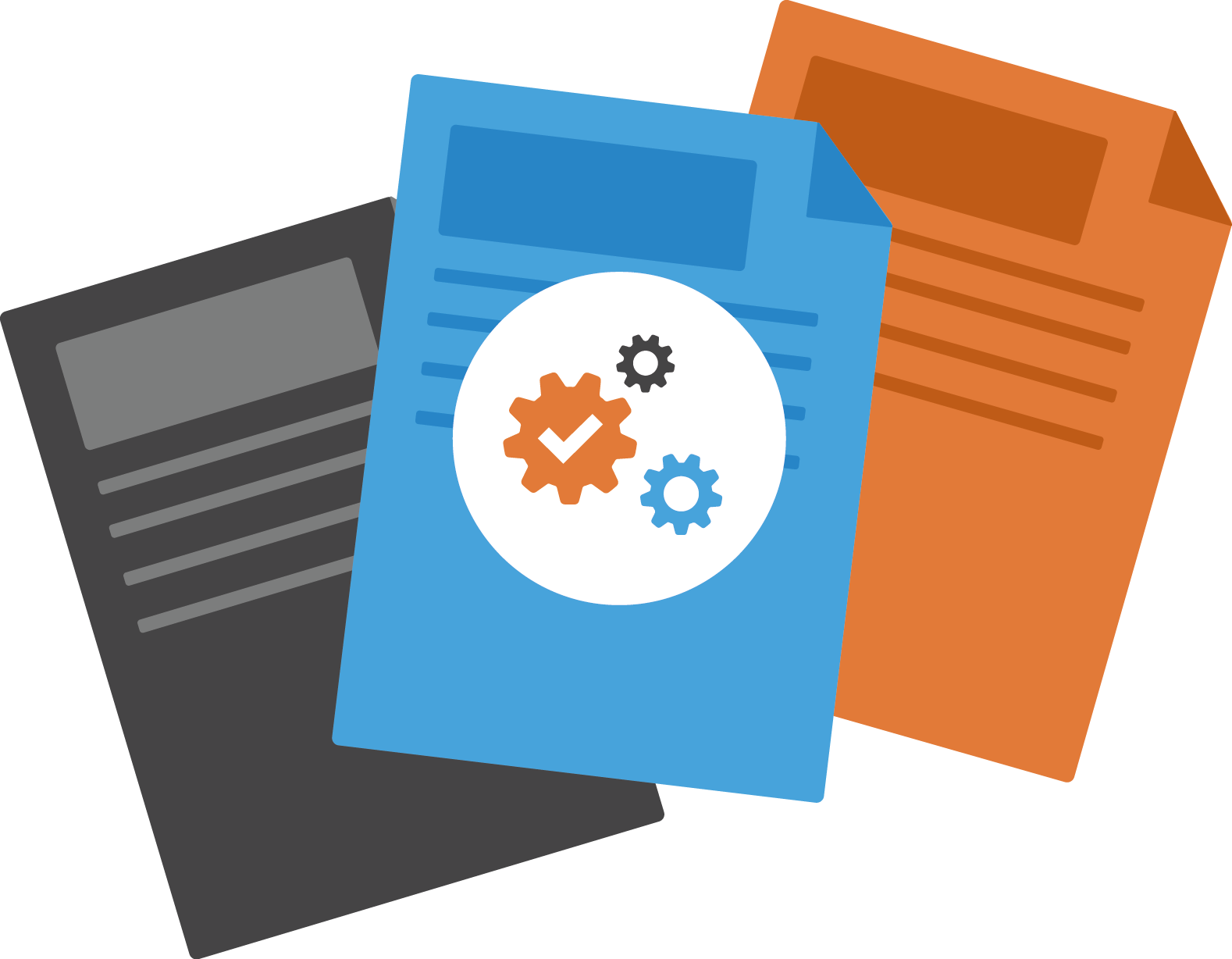
Macro Financial Concerns and Procurement in 2023: Are You Ready?
The year 2023 has presented itself as a period of financial restraint, as the International Monetary Fund (IMF) echoed. Global growth is forecasted to fall from 3.4 percent in 2022 to 2.8 percent in 2023, and a more pronounced slowdown in advanced economies demonstrates a tightening macro-financial landscape.
Furthermore, the financial sector is experiencing turmoil due to high inflation and ongoing geopolitical tensions, increasing market instability. Despite central banks raising interest rates, underlying price pressures are still proving stubborn, suggesting a prolonged period of financial strain.
The Impact on Procurement
These macro-financial changes are placing a new level of pressure on procurement departments. In this context, procurement’s role has evolved significantly.
The Chartered Institute of Procurement and Supply (CIPS) outlined key procurement trends for 2023, emphasizing the need for sustainability, timely payment to suppliers, investment in technology, and talent management.
Sustainability has become a primary concern, as customers are increasingly sensitive to ‘greenwashing’ and demand more transparency about the environmental impact of their purchases. This trend pushes organizations to ensure sustainable practices in their supply chains and avoid falling foul of regulations.
The challenging financial environment has led to 36% of businesses extending payment terms for suppliers in the last 12 months. This contributes to a vicious cycle that impacts cash flow and liquidity, emphasizing the need for improved supplier relationships and strategic payment practices.
Investment in procurement technology solutions is also growing. Companies are seeking more consumer-like, intuitively designed, and agile solutions to improve efficiencies and work with leaner staff.
Finally, with the predicted economic environment, there’s a new urgency to fostering a company culture and strategic problem-solving to attract and retain talent3
Navigating Economic Uncertainty with SAP Ariba
As predicted by the IMF, the global economic outlook for 2023 presents a complex landscape characterized by financial sector turmoil, high inflation, geopolitical uncertainties, and the lingering effects of the COVID-19 pandemic. In such an environment, businesses need robust, flexible, and intelligent tools to navigate the choppy waters of global commerce.
With its comprehensive suite of solutions, SAP Ariba is perfectly positioned to help businesses adapt and thrive in these uncertain times. Its intelligent sourcing tool, for instance, allows companies to identify savings opportunities and assess market dynamics, giving them a competitive edge even in challenging conditions.
As inflation remains high, the ability to efficiently source and manage direct and indirect goods or services within a single platform becomes a crucial advantage, allowing businesses to reduce their time, effort, and risk associated with sourcing events.
Aligning with Sustainability Trends
Sustainability is no longer a niche concern; it’s a core business priority. Businesses are increasingly under pressure to demonstrate that their operations and supply chains are sustainable to meet regulatory requirements and appeal to increasingly eco-conscious consumers.
SAP Ariba’s Supplier Management tool can be a crucial asset. It provides comprehensive tools to help buyers onboard, qualify, segment, and manage supplier performance according to parameters that matter to them. This means businesses can drive spending towards preferred, sustainable suppliers, reduce overall risk, and ensure compliance across their entire supply base. In doing so, companies can turn sustainability from a challenge into an opportunity, bolstering their reputation and gaining a competitive advantage.
Embracing Technology for Greater Efficiency
SAP Ariba is at the forefront of the trend toward increased investment in procurement technology. Its suite of solutions embodies a consumer-like, intuitively designed, and agile approach that can significantly improve business efficiencies. For example, the SAP Ariba Supply Chain Collaboration tool automates the direct procurement lifecycle, reducing reliance on emails and spreadsheets, shortening cycle times, and increasing productivity.
SAP Ariba Buying and Invoicing further streamlines the indirect goods and services procurement process. Automating and regulating the management of the entire procurement process helps business leaders eliminate errors and exceptions, manage more spending with less effort, maximize savings and profit margins, and respond flexibly and swiftly to changing demands.
Winning the Talent War
In the predicted economic environment, fostering a strong company culture and attracting the right talent will become even more essential. SAP Ariba’s user-friendly, intuitive design is crucial in this regard. It makes procurement tasks more engaging and less cumbersome, improving employee satisfaction and retention.
Furthermore, the Guided Buying feature of SAP Ariba makes the procurement process more intuitive and compliant, making it easier for employees to adhere to procurement policies and procedures. This enhances the effectiveness of procurement teams, freeing them to focus on strategic problem-solving and relationship management, which are crucial skills in the modern, complex business environment.
In conclusion, SAP Ariba is a powerful tool that can help businesses navigate the challenging economic conditions predicted for 2023, align their operations with key procurement trends, and drive significant efficiency and cost savings. By leveraging its comprehensive suite of solutions, businesses can position themselves to survive and thrive in the uncertain times ahead.
In a time of financial restraint and uncertainty, organizations must leverage tools and strategies to help them navigate these challenges. Armed with solutions like SAP Ariba, procurement departments can play a pivotal role in driving cost savings and efficiencies. The time for organizations to act is now – to survive in the current financial climate and thrive in the years to come.




